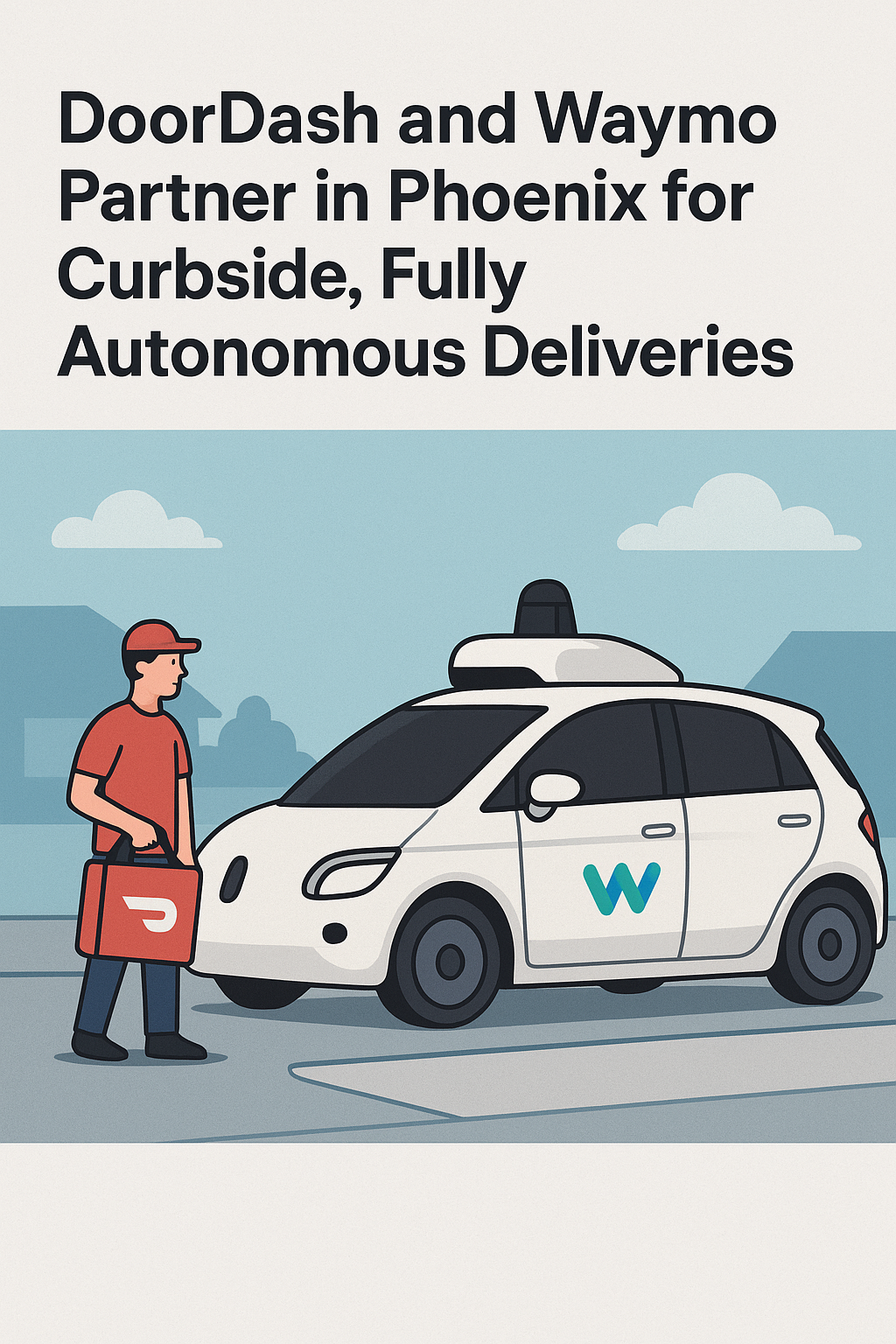Download the audio of the show
Autonomous delivery is no longer a teaser headline; it is rolling onto real streets with real implications. DoorDash and Waymo’s partnership in Phoenix pushes the boundary from novelty to pilot-scale logistics. The draw is clear: fewer human errors, efficient routing, and the promise of cheaper last-mile costs for merchants. Yet the user experience shifts too. A car that doesn’t leave the curb means customers walk out to retrieve food, a small friction that could recalibrate expectations built by porch drop-offs. While DashPass perks try to sweeten adoption with credits for Waymo rides, the deeper question is how automation reshapes demand for human dashers and whether consumers accept a little inconvenience for consistency and perceived safety.
The episode also digs into Uber’s new tip guarantee for delivery orders. Tip baiting—adding a tip to get priority, then pulling it back after delivery—has been an emotional pain point for drivers. With guarantee badges, Uber says it will cover any post-delivery reduction while passing along increases. If implemented cleanly, this reduces income volatility and lets couriers make faster accept-or-decline decisions. Caveats remain: the guarantee doesn’t cover many third-party white-label orders, and it will roll out market by market. Still, seeing a locked payout number could lower cognitive load and extend session time because drivers spend less energy monitoring adjustments and disputing outcomes.
Not every headline is about code. We examine a viral claim from a Dasher deactivated after reporting a sexual assault, which unravelled into a very different story: a customer’s door marked “leave at door,” a slightly ajar entry, and a Dasher who stepped inside and filmed a passed-out resident. This raises core standards all platforms reiterate but workers sometimes overlook: do not enter homes, respect instructions, and do not record or post private individuals. The internet never forgets, and violations flip the script from victim to liable party. The takeaways are pragmatic: confirm drop-off spots, default to no-contact protocols, and if anything feels off, retreat and document via the app rather than social media.
We also zoom out on safety through two Amazon clips: large drones crashing in neighborhoods and a driver wading through floodwaters to deliver. The drones underscore that early-stage hardware fails, and when aircraft the size of a small garbage can fall, public trust dips fast. The flood footage shows grit, but it also risks injury, contamination, and lost packages. The professional move is to escalate conditions, request a return, and follow carrier guidelines. A separate door-mirror incident with a delivery worker walking away after breaking it reinforces a universal rule: own the mistake immediately. Most customers respond far better to honesty and a clear path to remediation than to silence captured by a Ring camera.
On the rideshare side, Uber’s rider-rating filters and three-way chat for teen and family profiles show a platform leaning into control and transparency. Drivers can set minimum rider ratings, potentially reducing confrontations or risky pickups, while parents can join a group chat to confirm details and curb teen antics. Neither feature is a silver bullet; strict thresholds may reduce request flow and leave low-rated riders stranded. But as optional tools, they shift more agency to drivers and guardians. Combined with small income boosters like Octopus in-car tablets for trivia and tips, the app ecosystem nudges toward safer, clearer, and slightly better-paid sessions—provided drivers deploy the tools thoughtfully and avoid the pitfalls that keep going viral for all the wrong reasons.

